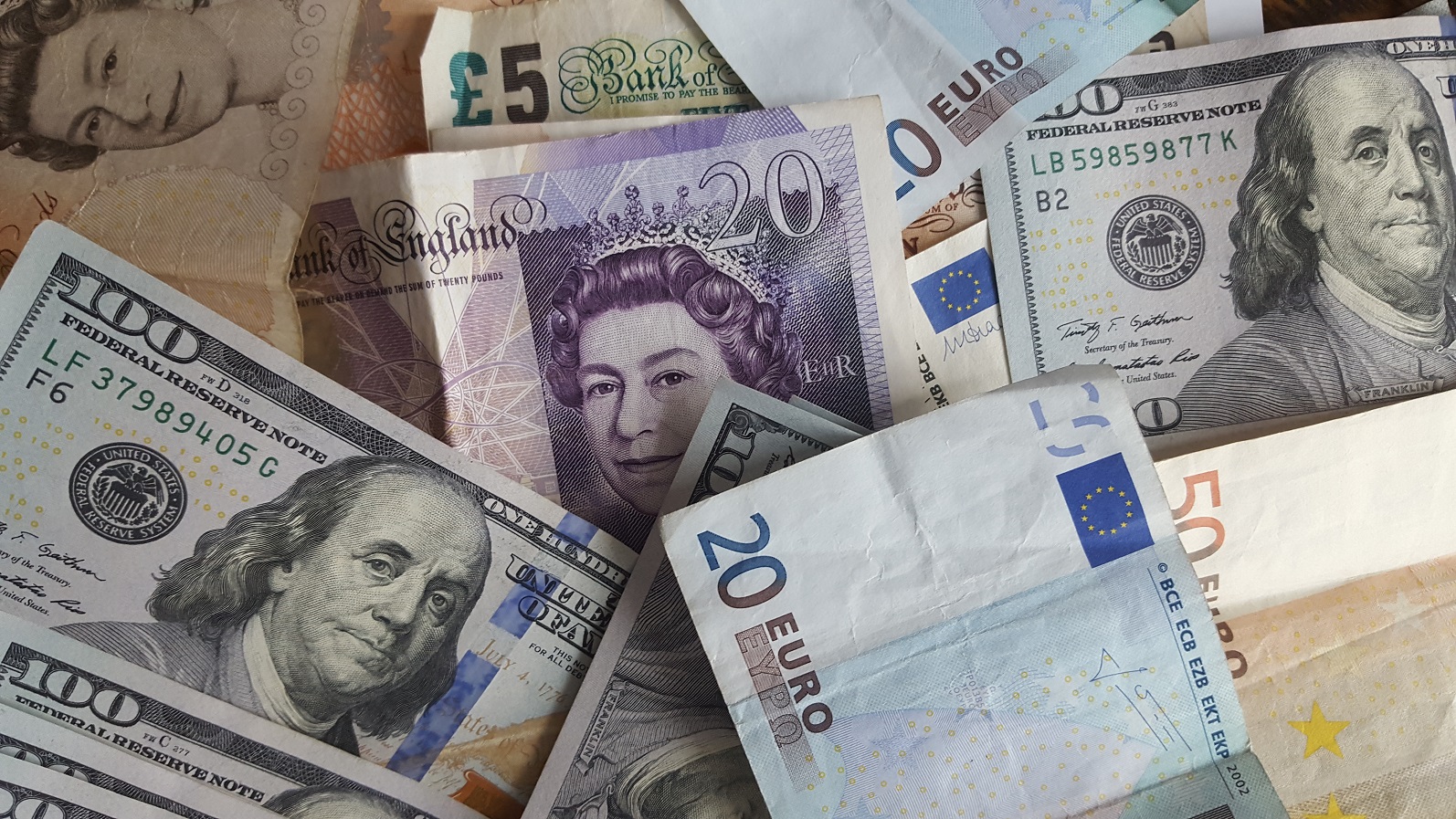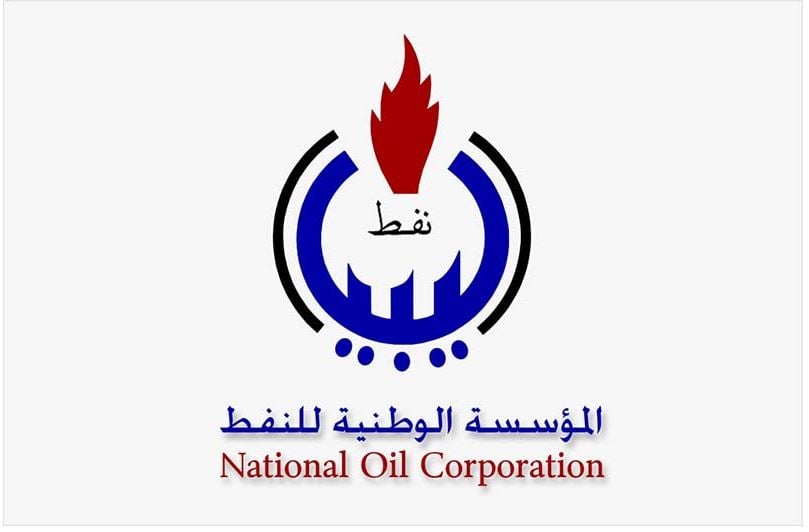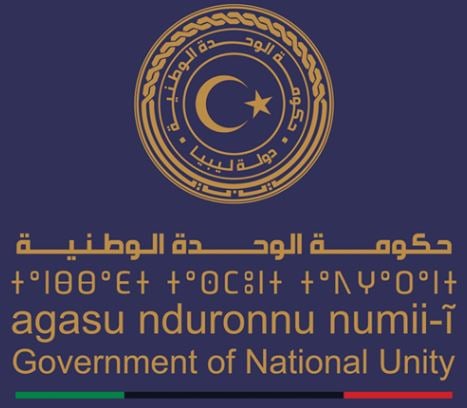The US dollar foreign exchange (FX) rate fell to Libyan Dinar 6.94/dollar in Tripoli’s black-market today, four days after end of the 30 September deadline for the withdrawal from circulation of the older LD 5 and LD 20 notes. This is the lowest the dollar has been since April this year.
The approaching deadline has caused the dollar FX rate to rise and maintained its demand as hoarders of the older notes were buying dollars on the black-market, rather than deposit their hoardings into their accounts. Libya’s banks are still suffering from a liquidity crisis, and cash deposited cannot all be withdrawn.
Today, speaking on a condition of anonymity to Libya Herald, a black-market dealer was unable to speculate what the dollar-dinar exchange rate will be tomorrow. However, he said Sunday will be a better indicator of which direction the dollar-dinar are heading. He said today, being a weekend, trading was minimal. Tomorrow the market will have greater volume, and it will indicate what kind of supply and demand there is in market.
On Wednesday, it was reported that security forces had forced the black-market traders to shut down in the Old City. Analysts interpreted the move as an effort by authorities to stunt demand for hard currency and bring the FX rates down to below the LD 7 rate in favour of the dinar.
It will be recalled that at a Tripoli event for the newly licensed Foreign Exchange Bureaux on 3 August this year, CBL Governor Naji Issa had vowed ‘‘We will bring the dollar (exchange rate) down’’.
He had added that “Those who speculate on the dollar are in fact fighting against Libya and its people. They are working to raise foreign currency prices to undermine the work of the Central Bank of Libya. We have promised you that we will overthrow the parallel market and I stand by my promise’’, he had concluded.
Analysis
It is to be seen if the CBL Governor will succeed in his aim to reduce the dollar FX rate and whether his policies are simply short-term fixes. He has vowed to pump more hard currency into the market through official FX bureaux, hoping to bring the exchange down. He is also threatening to pump large amounts of hard currency, unannounced, to bring the FX rate down suddenly and punish speculators. He is hoping this will deter speculators from raising the dollar FX rate.
The CBL Governor is also planning to reactivate the hard currency allowance by giving preset hard currency amounts directly to consumers, bypassing the black-market traders and speculators.
However, ultimately, critics say it is about the fundamentals of Libya’s unreformed economy and that it is as simple as a matter of demand and supply.
In the long-term, they perceive that there is more demand for the dollar in the Libyan market than the CBL can supply. That is why Libya’s thriving FX black-market exists in the first place, they add. The CBL’s monthly statistical bulletins support this too as they reflect an enduring hard currency budgetary deficit.
Oil revenues are finite in an undiversified economy
Libya’s oil revenues are finite, and the government and the private sector’s hard currency spending demands are on the constant increase. The National Oil Corporation, despite its announced aim to do so, has been unable to raise production beyond 1.4 to 1.5 million barrels per day. The economy is hugely under-diversified and there are virtually no other non-hydrocarbon sources of hard currency for Libya to benefit from.
Libya imports too many untaxed consumer products paid for using hard currency
Equally, there are very few restrictions and import tariffs on imports. Libya imports, using hard currency, more than it consumes. Most of these imports are consumables rather than raw materials that will create added value. The excess imports are exported, legally or illegally, to neighbouring states. It is an export drain of hard currency.
.








